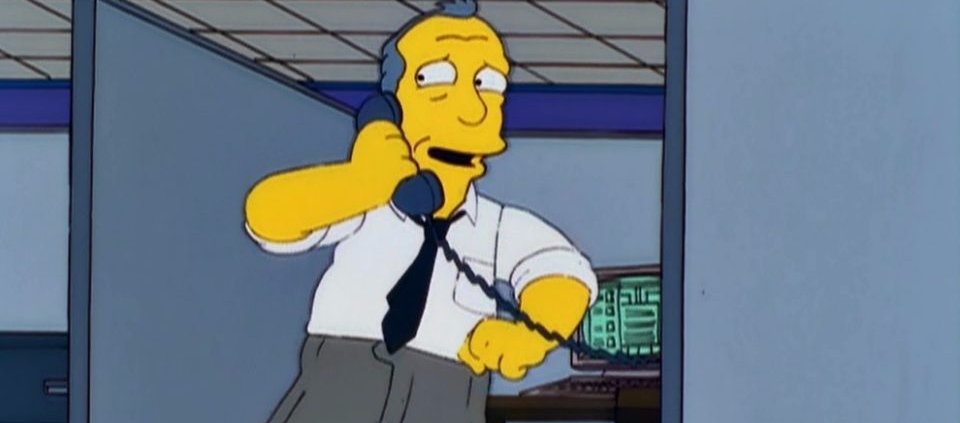I am going to start off this week strongly recommending you read The Power of Habit. Yes, this is an Amazon Affiliate Link. Yes, I fully intend to profit madly from it. Yes, I am aware that this is totally wishful thinking even though I liked this book so much that I have purchased it repeatedly.
I first became aware of this book when visiting the office of a random HTML5 game company and noticed that they sprinkled copies of this book around the office. It piqued my curiosity and I decided to buy my own copy at home and read it for myself.
I wish I had read this book in 2004 even though this book was published in 2014. Reading this book would have helped me to understand why one of my game publishing experiments was doomed from the beginning.
One of the important parts about releasing a successful game is understanding that you need to release one or more unsuccessful games before that happens. You need to build a lot of stuff to ship a game and very seldom will you fire on all cylinders right out of the gate. I have come to understand that you sometimes need to build these pieces in isolation so you can stack your successes on top of each other. You are correct if you think I have written about this before.
The previously mentioned doomed game publishing experiment was a Flash game that I released on Kongregate. I decided to create and publish a game that included some fun narrative elements. In order to keep the costs down and reduce the schedule I wanted to keep the feature set very small. I wound up making it too small. I decided that building a progression system was not important to the story and therefore would not add much to the product.
I am going to fast forward a few months to the blistering comments in the three star reviews. The universal feedback that I received is that this would be a much more engaging product if it had some progression systems built in.
So how did I wind up in that place?
The answer is a strange one and an infinite one. In fact, it is also an adventure and it is space.
For those of you who assembled the keywords correctly, I am in fact talking about Strange Adventures In Infinite Space.
Strange Adventures In Infinite Space, referred to as SAIS for the rest of this post, is an entertaining little roguelike game where you are piloting a spaceship into a vast and unforgiving universe.
Every game you played was randomly generated and filled with unequal amounts of wonder and dread—emphasis on the dread. Most of the time SAIS is a very short and brutal game. You launch yourself into the cosmos, you encounter horrific and bewildering aliens, and sometimes find mildly better technology for your ship.
The vast majority of endings are terrible. You either die in the nether reaches of space, or return home unprofitably and wind up broke.
I wanted to love this game so much, I really did! Unfortunately playing SAIS is like scratching a mosquito bite—it is fulfilling in the moment but leaves you with painful welts and scars.
If you are a dirty roguelike lover, you are probably mad right now. I accept that. I am happy to have made you angry because that is the response that loving a roguelike inspires—it makes you angry. You should probably slide your chair away from your computer and count slowly backwards from ten while you process your emotions… I assure you that I am gaslighting you from a good place.
SAIS is absolutely a “critically acclaimed indie masterpiece”. That means it did not sell millions of copies.
I do think that the creator of this game would have similarly benefitted from a read through of “The Power of Habit” which I have linked above in an effort to steal nickels from you and Jeff Bezos at the same time.
I will not steal the thunder of the aforementioned book. I stand to profit from vaguely encouraging you to read it in many many ways. I will at least say that I have accepted into my design tools the importance of habituating players to games.
And this is where SAIS and many roguelikes have failed.
It is important to get players into the game as fast as possible and experience what a game has to offer. Through the power of modern analytics, we can put most games under a microscope and understand things like “replayability” and “churn”.
A deep study of graphs and data from mobile games will show you how fast a player will yeet out of your game. I know these are very scientific terms and I hope you will believe me when I say that a player is much more likely to stick around and play your game if one of two things happens: They have to be rewarded for their time in some capacity or at least believe they have the ability to be rewarded in the near future.
Modern roguelikes have accepted that this is important and similarly learned the lesson of my failure on Kongregate—progression is important! I will call your attention to the elegantly crafted “Vampire Survivors” game. It has tens of thousands of overwhelmingly positive reviews on steam, and is a game where you tend to die frequently and horribly.
Regardless, they have added a sufficiently valuable progression system that lets you carry some success forward from your failure in the form of collectable gold coins you can invest in your baseline character for marginal gains for each replay.
This is an important lesson to learn if you are building games. It is also an important lesson to learn if you are building consumer products in general. Establishing habits and rewards for players is a very important factor in the success of a product. Habits and rewards would have improved the outcome for my little publishing experiment. Habits and rewards would also have catapulted SAIS to greater success and fame.
The most amazing part of SAIS for me was its sequel. I do not think that there is a sequel for a game that has failed so hard to be better than its original than the sequel to SAIS. It is so bad that I do not want to name it or link it. It is so bad that I actually feel like I need to give you one of those “this product may cause injury, rashes, pain, or worse” disclaimers like one of those creepy tv commercials for medications before you go off looking for it.
I talk quite a bit about SAIS because I wish to make my own version of a space exploration game. SAIS was very close, as was another similarly unrewarding mobile game called “Out There”.
A space exploration game that is more fun and more enjoyable than SAIS is in my list of top five products I wish to make. There are probably a hundred things in that list or more. I always tell people I am more than happy to talk about items six through one hundred because I know I do not have time or ability to do anything about them.
I talk a little less about items one through five because they are My Ideas and they are Precious to me like that stupid One Ring is to Gollum.
I will share “John’s Big Five List Of Games I Want To Make”, even though talking this much about them takes me completely out of my comfort zone.
- An MMO where every sentient creature (monster, animal, and player) is driven by players rather than AI.
- A survival game where crafting patterns are granted one at a time to the world to “craft progenitors” who create artifacts for a time limited window that get incorporated into world lore before patterns become widely available.
- A train game. Heck yeah! Who doesn’t love train games?
- A space exploration game with delicious emerging narrative. See SAIS. Also see: The Expanse.
- A modern Gateway To Apshai variant, which just so happens to be the 8-bit successor to Diablo.
I reserve the right to reorder this list of Audacious Projects and move things up and down into the top one hundred. I have seen items from the middle of the list emerge into the marketplace as novel products with varying levels of success. There are no new ideas I suppose.
In the meantime, I hope you at least decide to take a look at SAIS and perhaps even read the previously linked book on Habit. Hopefully you have all made a Habit of reading my weekly ranting.
Speaking of weekly ranting, this one would not be complete without me attempting to gaslight you all into being my marketing department. If you enjoyed this assemblage of letters dancing over your eyeballs then Retweet! Share! Print-and-fax if that is all you can do!
See you all next week when I once again fail to get nickel-inducing clicks on my precious and clearly labeled affiliate marketing links.









